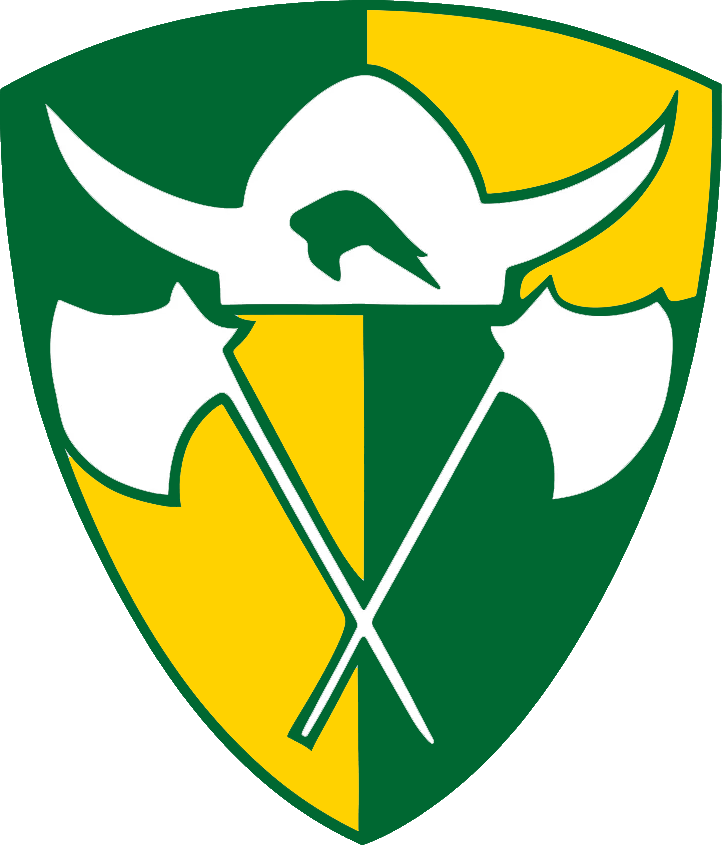
“The club is attempting to sell season tickets and organize promotions. At this point the promotion people have virtually nothing to promote—no names to drop casually while talking with a businessman who may or may not buy a block of tax-deductible season tickets…No names to drop when attempting to sell program advertising…No names to drop while talking to a program director about a radio contract.
Names are important in the promotion business. It might be a good idea if the Norsemen hired one, and do so with a great deal of dispatch.
What’s in a name? Money.”
“What’s in a name?” Paul Moran Jr. riffing on Shakespeare in the Tonawanda News, August 25, 1975.
Starting at a sprint
Five months.
That’s all the time owner Dr. Dudley Turecki and his Greater Buffalo Hockey Club, Inc. have before the Norsemen’s first game, an exhibition match against Buffalo Sabres rookies on September 26. Problem is, the Norsemen exist right now only on paper.
As a brand-new franchise, the front office must provide for everything from marketing and ticketing to choosing concessions vendors. Above all, they need to assemble an exciting team to fill the Tonawanda Sports Center for 42 home games.
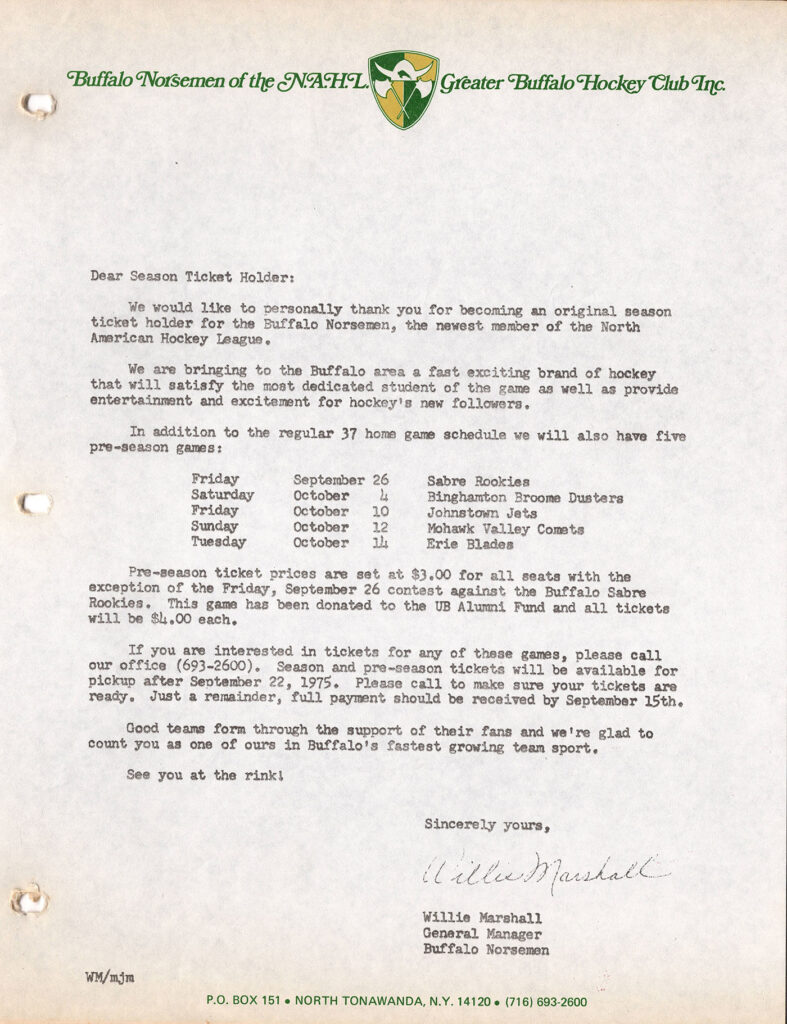
Willie Marshall, former AHL star, hired as general manager
Turecki’s first move in May 1975 is to hire former American Hockey League star (and former Tondas coach) Willie Marshall as Norsemen general manager. Over 20 years with nine clubs, Marshall has built a formidable hockey Rolodex that will serve him well in the months ahead. One local sports writer calls Marshall, in apparent admiration, “a master at being non-commital.” His words are prescient.
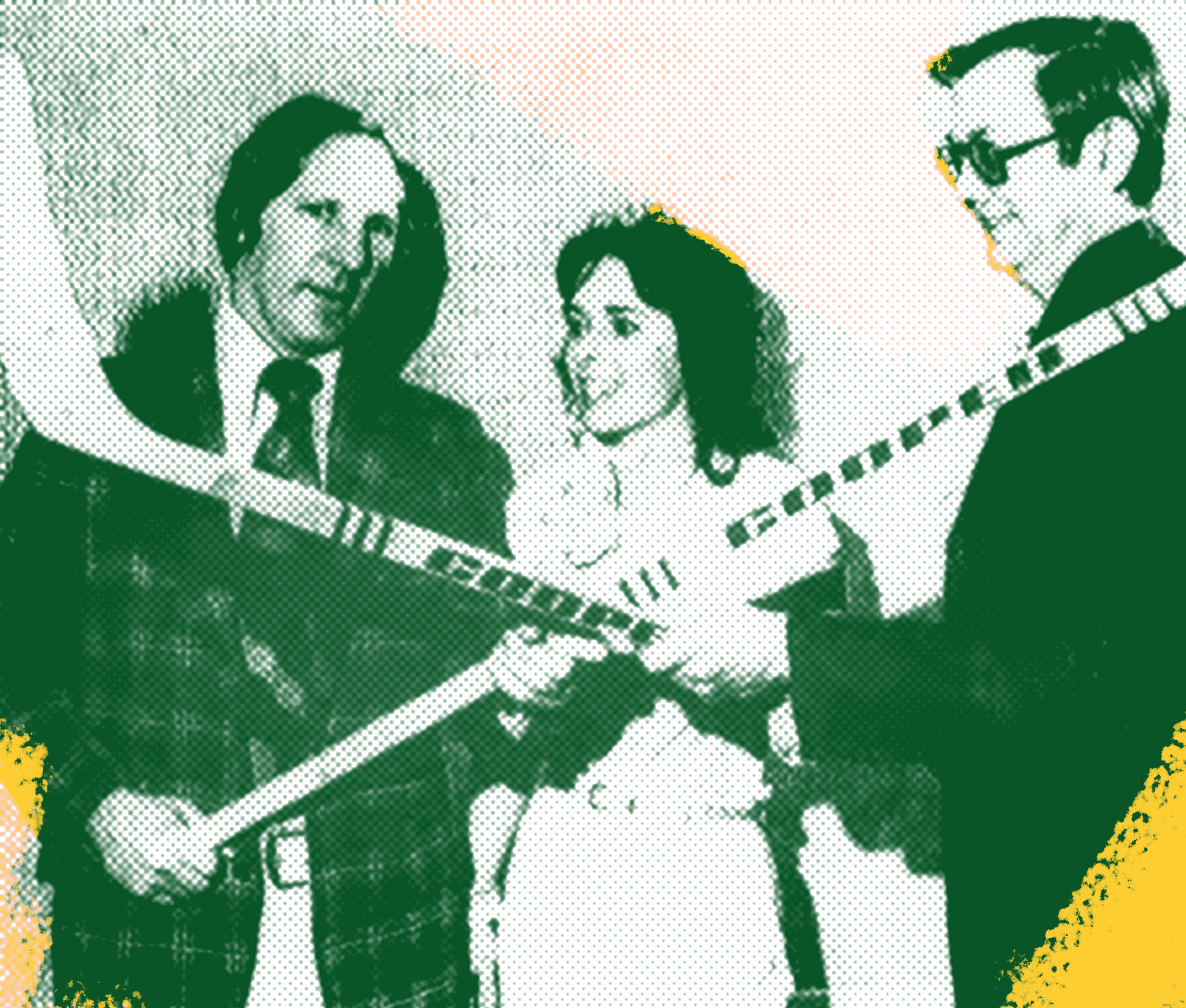
Marshall spends the summer courting (and being courted by) several candidates for the crucial position of Norsemen head coach. Ex-Sabres Larry Mickey and Steve Atkinson are leading contenders. Marshall keeps the local media guessing all the way to late August. When he reveals his pick, it is a name never mentioned: recently retired former AHL Buffalo Bison standout Guy Trottier.
Guy Trottier, popular ex-Buffalo Bison, named as Norsemen player-coach
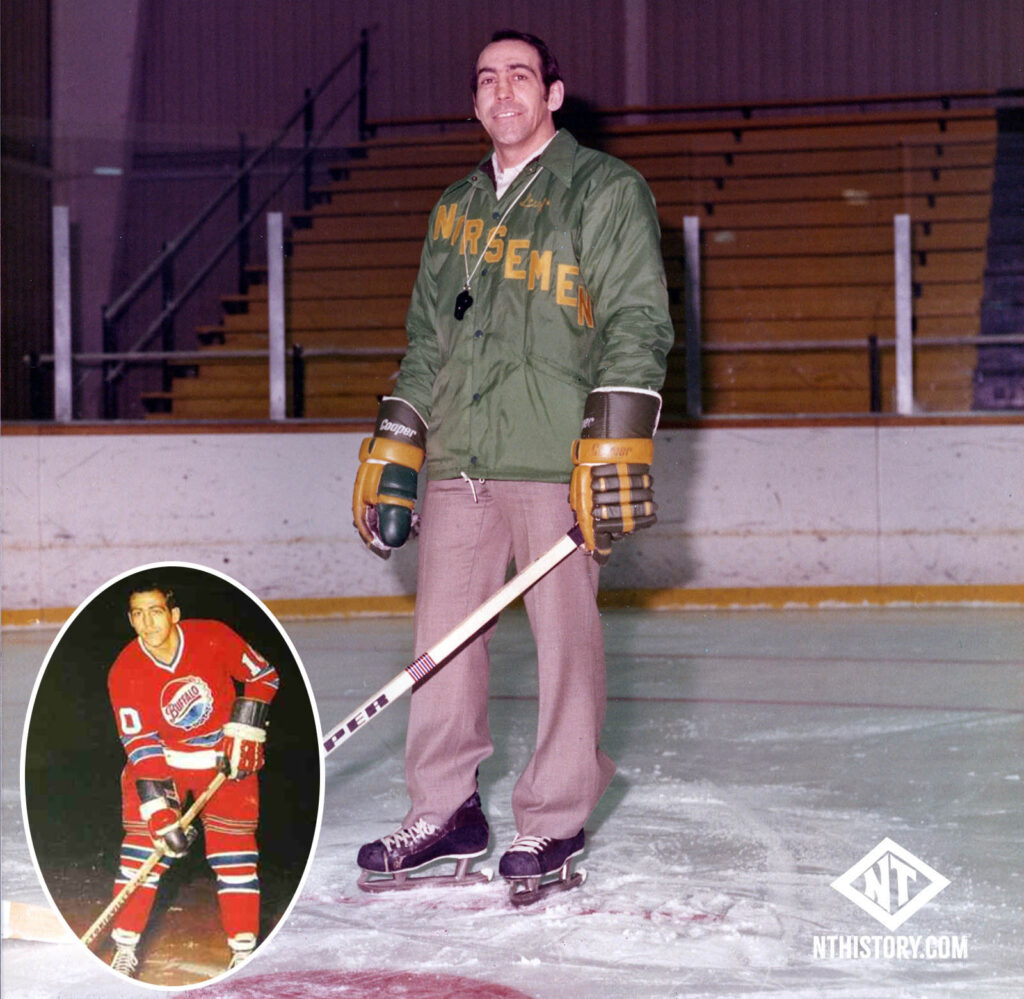
“He [Trottier] has a good backround in all leagues. He knows that the job isn’t going to be a cakewalk, and I think that with all things considered he’s the best I could have hired. Only time will tell whether I’m right or wrong.”
Willie Marshall, “Trottier Given Norsemen Post.” Tonawanda News, August 28, 1975.
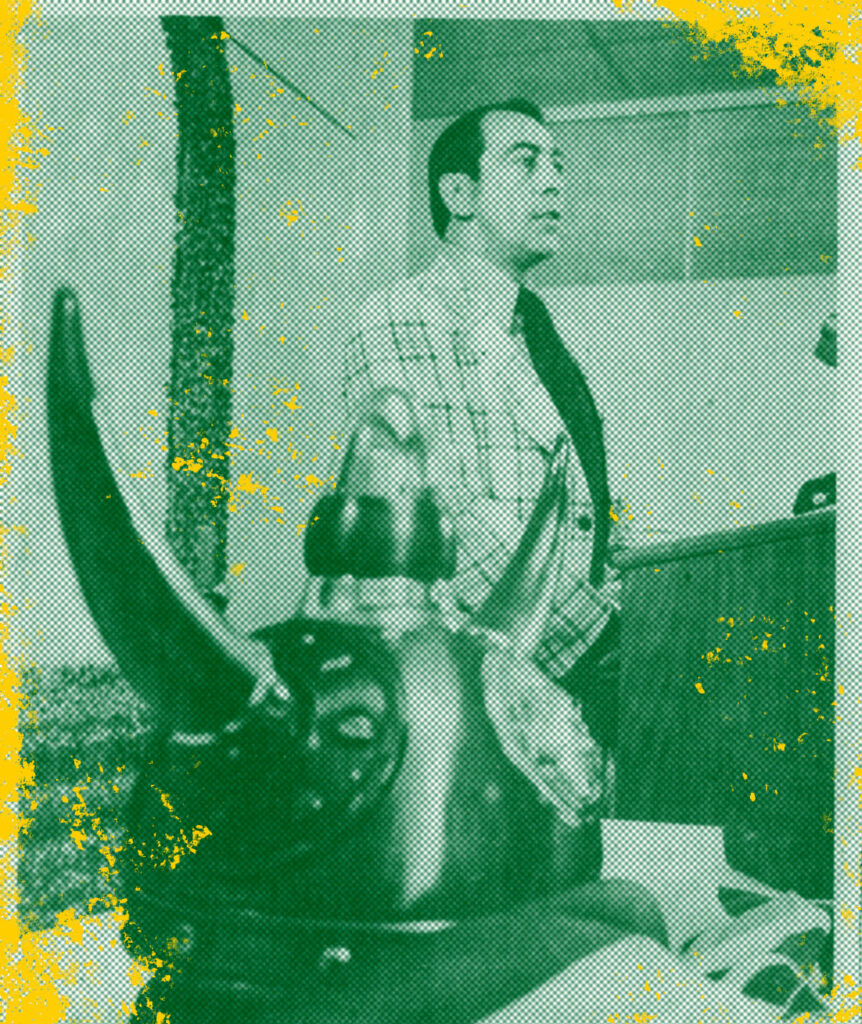
Guy Trottier has had a career that would be the envy of many.
Sure, he is small. At a mere 5’8″, the Quebec-born right-winger is un-intimidatingly nicknamed “The Mouse.” But in 1967 that mouse scurries his way to the top scoring spot in the International Hockey League with 71 goals. He then signs as a free agent with the AHL Buffalo Bisons, and spends three seasons delighting fans in Buffalo’s War Memorial Auditorium. In 1969-1970 (the Bisons’ final season before being disbanded to make way for Sabres), Trottier leads the Bisons to the Calder Cup with a league record-tying 55 goals.
Trottier has already caught the eye of the NHL New York Rangers and skates a few games for them when they are the Bisons’ parent team. The Rangers sell his contract to the Toronto Maple Leafs, who use him only sparingly. Trottier decides to follow some of his teammates to the rival WHA. Things don’t work out for him there. Injuries begin to take their toll, and his last team, the Michigan Stags, folds (in the minor leagues, folding clubs are as much a feature of the landscape as unscheduled dentistry).
Fed up with minor league life, Trottier announces his retirement in December 1974. Marshall calls eight months later. For fans who miss Buffalo’s pre-NHL, good ol’ hockey days, the return of “The Mouse” is the return of an old friend.
Where will the Norsemen players come from?
The Norsemen have two main ways to get players.
Free agents from other leagues will be a major source of talent. GM Willie Marshall’s Rolodex is a wheel on fire in the summer of 1975: he has lined up tryouts for about about 30 players by the end of July. Among those slated to compete for contracts are several ex-Sabres and two former UB players, Mike Klym and Mark Sylvester. Various other unattached prospects in the U. S. Senior, Quebec Junior, Ontario Junior leagues are also invited to try out.
Just as important as snagging free agents will be securing player-sharing agreements with big-league (NHL or WHA) hockey clubs. The NHL Buffalo Sabres might seem a logical choice for a Norsemen parent team based on their geography, but the Sabres already have an agreement with the (better established) American Hockey League (AHL) Hershey Bears. Norsemen brass also approach the NHL Toronto Maple Leafs and New York Islanders, but come away empty-handed. In the end, the Norsemen sign a major deal to become the exclusive farm team of the WHA Toronto Toros (previously associated with the NAHL’s Mohawk Valley Comets). Limited agreements are also reached with the WHA Houston Aeros and the NHL Buffalo Sabres.
Training camp opens at the Tonawandas Sports Center
“When the team was formed, I remember being at my dad’s office while they arrived for their physicals. Many had French-Canadian accents.”
Kim Turecki-Chiodo, eldest daughter of Dr. Turecki and avid Norsemen fan
“I have had no problems with these guys. They are a bunch of hard workers who want to make this team. I am surprised that I have not gotten any players talking back to me or just being plain hard to handle.”
Player-coach Guy Trottier, “Trottier to play rookies on Friday.” Tonawanda News, September 24, 1975.
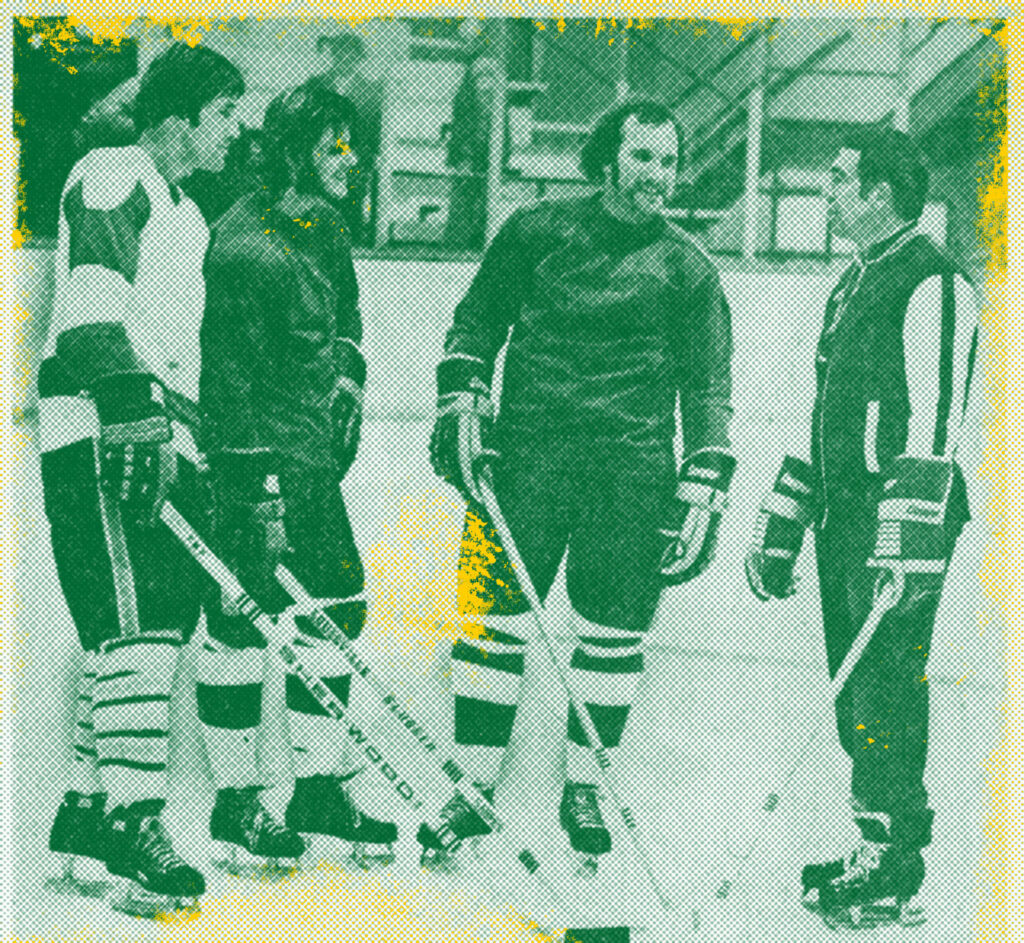
On the morning of Monday, September 22, 1975, 42 ice hockey players report to the rinks on Ridge to begin training camp. They represent a wide variety of skill and experience levels: from ex-Sabres, to seasoned minor leaguers, to raw local talents. Coach Guy Trottier expects to cut the group in half by the end of the week. The public is invited to attend and observe the twice-daily tryouts at 10 a.m. and 1 p.m. (and–hopefully–get enticed to buy season tickets).
The first day’s session has many bright spots. Fred Hunt Jr. of Vermont University, and son of the Sabres’ assistant general manager, impresses Trottier right away. Other standouts are Ron Dorgan of Lockport, Claude Noel who played the previous year with the OHA Kitchener Rangers, bruiser defenseman Wayne Morin from British Columbia, and center Larry Gould, brother of ex-Sabre John Gould.
Coach Trottier cuts seven players Monday night, including locals Mike Lynett, Mike Mathewson, and Pat Gruenaur. Another twelve players are cut after Tuesday’s tryouts. Trottier stops there–for now: “We will carry these players for our two games this weekend, with another cut coming on Monday,” he tells the Tonawanda News. The rest of the week is spent in double workout sessions, and the introduction of the hockey system the Norsemen will use.
Time’s up
And so, with five frantic months behind them, the Norsemen finally have what Moran said they needed most—names to drop. Willie Marshall at the desk. Trottier on the bench and on the wing. Ex-Sabre Steve Atkinson (who was passed over for the coaching job) at center. A Toros pipeline to restock the cupboard. The ticket office finally has a story to sell that isn’t just hope. A stack of contracts still drying, a coach lacing up beside his players, a town leaning in. On September 26 the lights will go up and the Sabres’ rookies will step out. Who will meet them?
Next time: Hockey Night in Tonawanda
If you are enjoying this series, please consider supporting my work below.
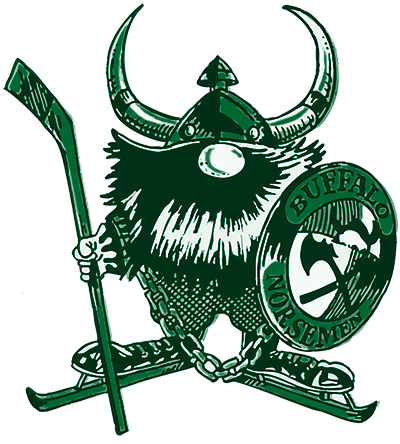

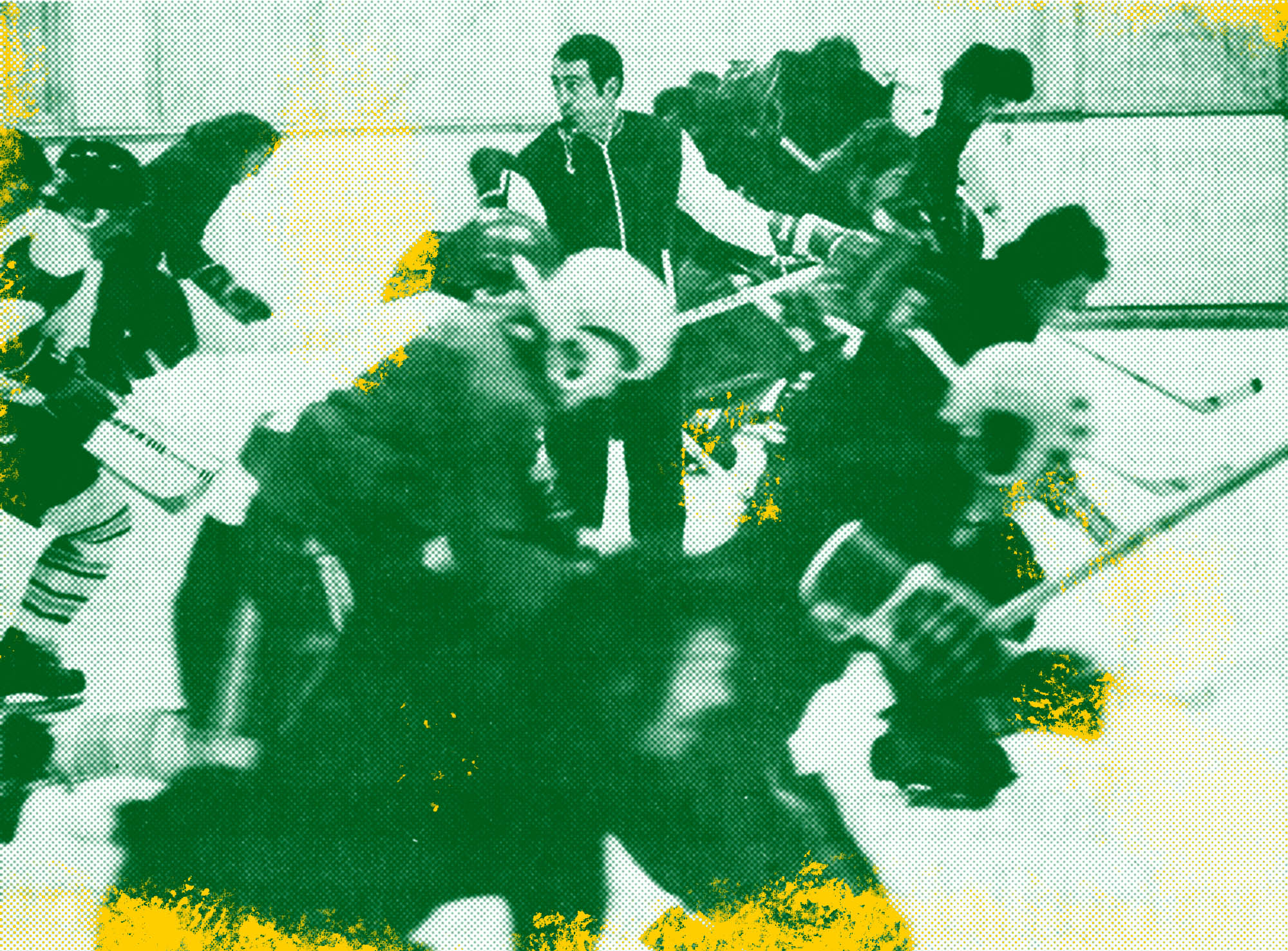
Leave a Reply